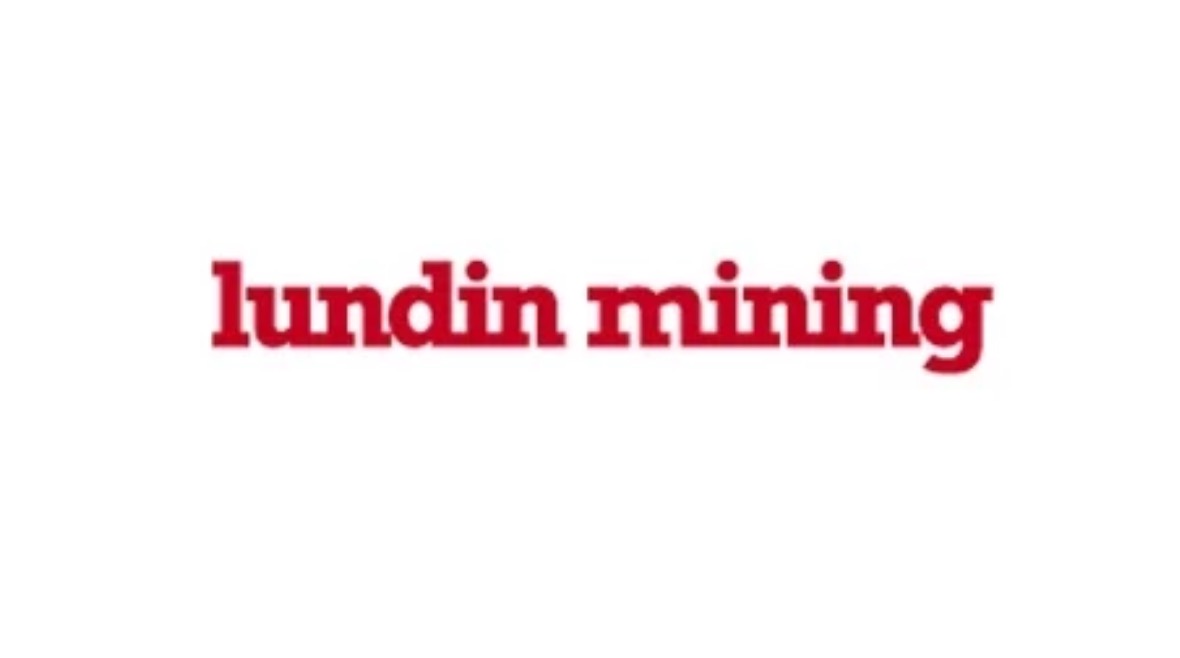by Samir Parekh, Equity Portfolio Manager, Capital Group
If you were hunting for a group of stocks to dethrone the Magnificent Seven ("Mag Seven"), there’s a good chance European banks weren’t at the top of your list. But looking at returns over the past 12 months and on a year-to-date basis, that’s exactly what happened.
European banks have had a stellar run, significantly outpacing the Mag Seven group of U.S. technology leaders and the S&P 500 Index. The MSCI Europe Banks Index has returned 63.6% through August, on track for its best calendar year since 1997. By comparison, the Mag Seven returned 9.9%.
Admittedly, this is a short period, but it’s a good reminder of the benefits of a broadly diversified portfolio. Even the most maligned sectors can rebound, and they often do at times when beloved areas of the market are pulling back, helping to smooth out overall returns.
European bank stocks have dominated in 2025
.svg)
Sources: Capital Group, FactSet, RIMES. P/E = price-to-earnings. Return figures are based on total returns in USD. Data from January 1, 2025, through August 29, 2025. The forward price-to-earnings ratio (P/E) is computed by dividing the stock price by the consensus forward 12-month earnings estimates. Forward P/E ratio for the Mag Seven is the market-cap weighted average as of August 29, 2025.
As a portfolio manager on some of Capital Group’s international strategies, I recognized the opportunity in 2022, when I believed interest rates in Europe would increase due to the potential for persistent inflation in the wake of the COVID-19 pandemic, the reshoring of manufacturing activity in many countries and Russia's invasion of Ukraine.
At that time, many European banks were out of favour. They traded 30% to 60% below book value — a massive discount to large U.S. banks. Higher interest rates can be beneficial to banks because they lead to higher net interest income — a significant revenue stream for banks and a key indicator of their financial health.
The rise of European banks comes amid a broader rally for international stocks, helped by large-scale German stimulus, a weakened U.S. dollar and concerns about the outsized positions held by certain U.S. technology stocks in global market indices.
Here are five reasons European banks are back in favour, and why I believe they continue to look attractive.
1. A normal interest rate environment
Banks have endured eight years of negative interest rates from the European Central Bank (ECB). The policy changed in July 2022, and it’s helped boost net interest income. Rates rose to 4% before the ECB began to loosen monetary policy this year. But I think this rate-cutting cycle is near an end. Current rates are at 2%. The yield curve is steeper (which is favourable for banks) and forward rate expectations have also stabilized. As I said, my view is that inflation will be persistent. Typically, central banks keep rates higher to blunt inflation.
2. Regulatory burdens have eased
Banks amassed significant capital reserves in the wake of the sovereign debt crisis, and regulators have lowered certain threshold requirements. One outcome has been growing dividend payouts. For example, Italian bank UniCredit increased its annual dividend to US$2.40 a share in 2024, up from 12 cents in 2020. Also, Spanish bank BBVA’s current annualized dividend of US$0.74 is up 24.4% from last year.
3. Loan growth is picking up
We are starting to see signs of loan growth, something virtually unheard of since the 2010 European sovereign debt crisis that triggered financial bailouts for several countries. As German stimulus is unleashed moving into 2026, I would anticipate loan growth to accelerate across Europe, particularly in Germany. I also don’t anticipate loan losses will be an issue.
4. Tariff risks are low
In contrast to the automotive sector, many European banks are domestically focused, conducting their operations primarily at the country level. They are not trading physical goods from one country to another.
5. Valuations are reasonable
Despite the rally, European banks trade at reasonable valuations given what is expected to be a reacceleration of economic growth across Europe. Earnings estimates for 2025 and 2026 have also increased.
Valuations are also not demanding compared to their U.S. counterparts on a price-to-book and price-to-earnings basis. For example, as of September 9, Deutsche Bank was trading at 0.9 times book value and Banco Santander at 1.2 times, versus 2.4 times for J.P. Morgan and 1.4 for Bank of America.
The importance of a globally diversified portfolio
The remarkable run of European banks is a good reminder to consider a globally diversified portfolio and maintain a long-term perspective. As the equity market continues to broaden, we may find that even the most unlikely suspects can add value.
*****
About the author
Samir Parekh is an equity portfolio manager and a global research coordinator with 23 years of investment industry experience (as of 12/31/2024). He holds a post-graduate diploma in business administration (equivalent to an MBA) from the Indian Institute of Management, Ahmedabad, and a bachelor’s degree from Sydenham College, Bombay University. He also holds the Chartered Financial Analyst® designation.
Copyright © Capital Group















